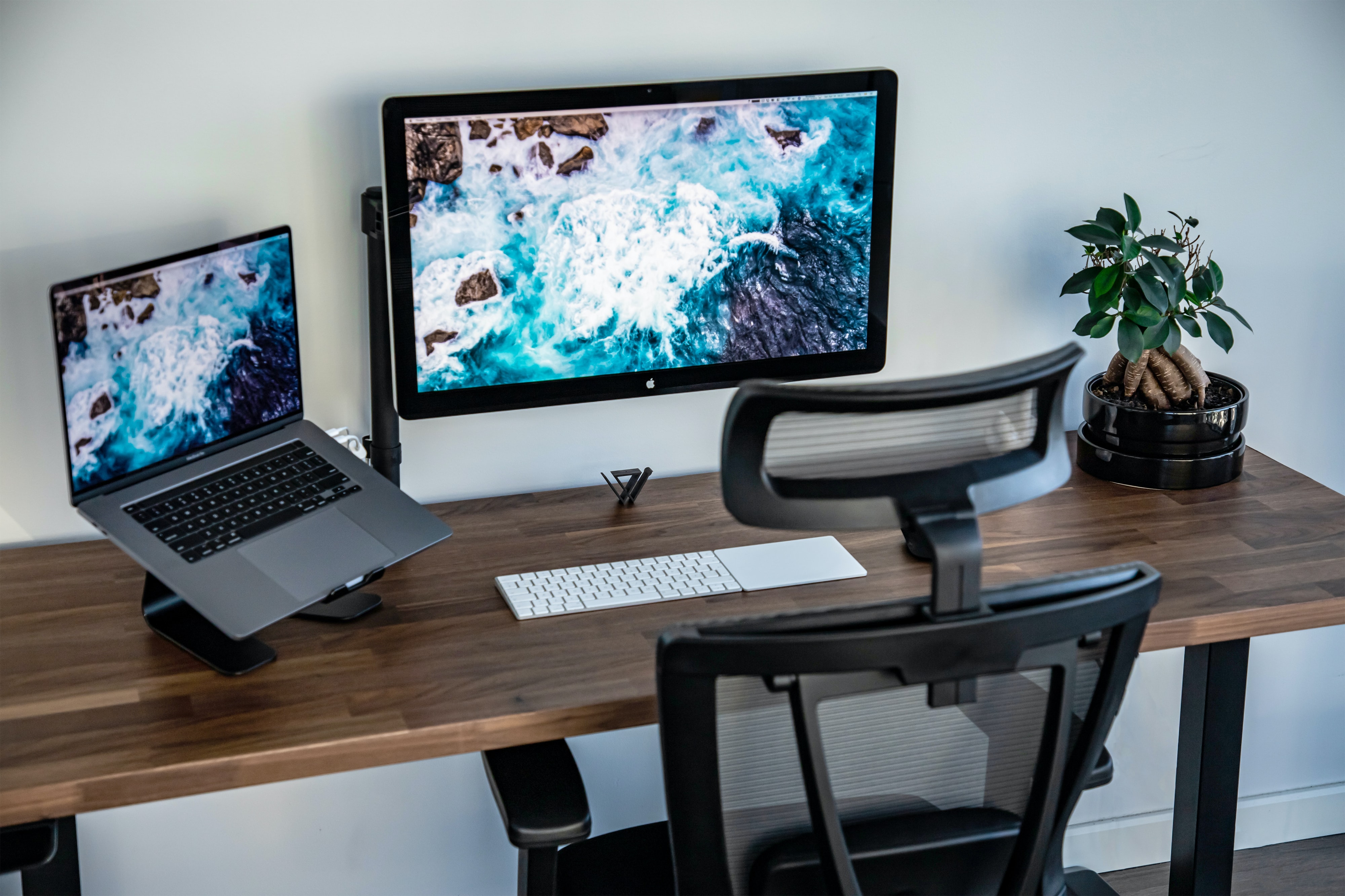In the age of remote work, the ability to remotely manage a company’s endpoint devices has become essential. This has led to the need for remote monitoring and management (RMM) software. But how does RMM software work to help businesses with their remotely connected IT assets?
Remote monitoring and management (RMM) software is now a necessity
RMM software allows businesses to remotely manage devices such as servers, desktops, mobile devices, and other hardware. This type of software utilizes locally installed agents (an actor program to take action for a different solution) to deploy patches, install new applications, and monitor device performance. If an agent detects a potential issue, it will generate a ticket automatically and notify the organization’s IT team for troubleshooting and resolution. Some RMM solutions empower businesses to enact device-specific security measures as well.
How does RMM software benefit modern businesses?
- Provides visibility over all business hardware from a distance
- Monitors and maintains devices remotely
- Highlights potential issues and troubleshoots them before a problem occurs
However, finding the right solution that fits particular business needs can be challenging. On G2, software buyers have ranked RMM software for its value for money, based on Return on Investment (ROI), Perceived Pricing, and User Adoption.
Syncro ranked first by ROI
For executives and managers, ROI is one of the most critical factors in software purchases. G2 reviews measures ROI by the average payback period.
Out of 57 RMM software products listed on G2, here are the top 5 products with the quickest ROI period:
With Syncro, software buyers can get their money’s worth in three months. Domotz, Atera, NinjaOne, and Hexnode UEM also have a short ROI period compared to the average ROI period, which is 11 months.
Hexnode UEM ranked first by Perceived Pricing
Pricing in the software industry is complex and often can’t be directly compared due to differences in offerings and license agreements. Therefore, G2 gathers the perceived costliness based on user reviews instead of direct pricing comparison. Perceived Pricing ranges from 1 to 7, where 1 is the least expensive and 7 is the most expensive relative to the compared software.
Here are the top five products with the lowest Perceived Pricing:
Reviewers on G2 perceive Hexnode UEM as the most affordable RMM software at 2.5. Atera, Pulseway, N-able RMM, and N-able N-central are also perceived to cost lower than the average, which is 4.
N-able N-central ranked first by User Adoption
Companies often do not measure user adoption when they think about software ROI because this metric requires them to follow up with internal users after signing the contract. Low user adoption means that the company is overpaying for user licenses that they don’t need (assuming that all the users are adequately trained with the software), which is a waste of investment to other priorities.
With that in mind, here are the top five products with the highest User Adoption:
With N-able N-central, software buyers can ensure that their license quantities are properly allocated. Atera, NinjaOne, ConnectWise Automate, and Kaseya VSA also have higher user adoption percentages than the average of 78%. Per G2 reviewers, these products help attain maximum utilization without overpaying for licenses.
Companies must not overlook other metrics
When making a software purchase decision, businesses also need to look at other metrics to get maximum value since each company’s needs are different. Additional data such as how the software features are rated, how long is the implementation period, and so on are also important for evaluation. With that said, buyers are recommended to prioritize software that is affordable, highly utilized, and has a short ROI period.
|
Want to find the right RMM software for your business? Explore G2's Remote Monitoring & Management (RMM) category. |
Want to learn more about Endpoint Management Software? Explore Endpoint Management products.

Tian Lin
Tian is a research analyst at G2 for Cloud Infrastructure and IT Management software. He comes from a traditional market research background from other tech companies. Combining industry knowledge and G2 data, Tian guides customers through volatile technology markets based on their needs and goals.
